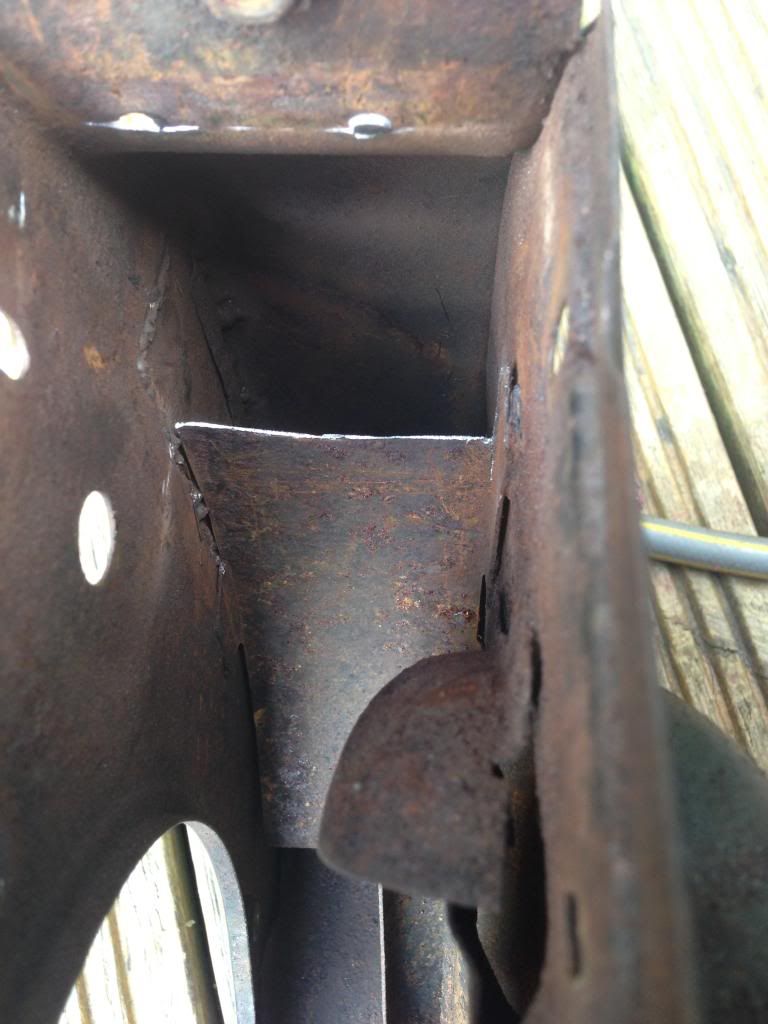Hey Guys
I need some explanation of which cool tins I should have. I have seen a few different things so I am not sure what to buy. Our current engine does not seem to have the thermostat system. On the bottom of the engine on the cylinders all I see are those rectangle piece that snap between the cylinder. The current engine has heater boxes and there are not sled tins in place. I am foregoing the heater boxes on the new engine and will have J-tubes instead. I have also seen on some websites deflectors that go underneath the cylinders like the large ones that wrap around the top.
I understand running at 9.5 to 1 compression could put me in the hot zone more often. So I want to do it right the first time with the tins.
Any thoughts or recommendations?







